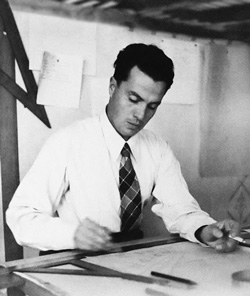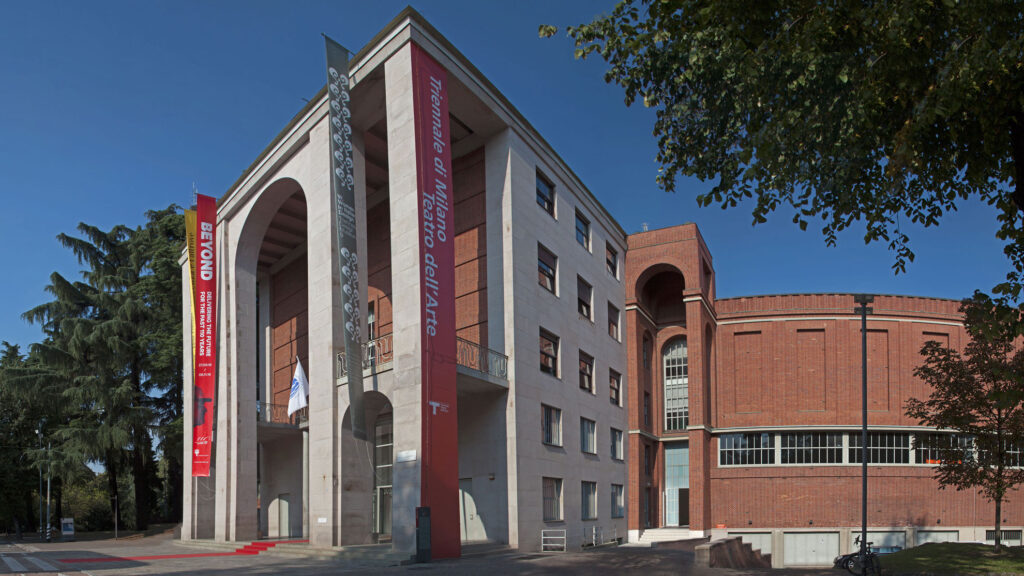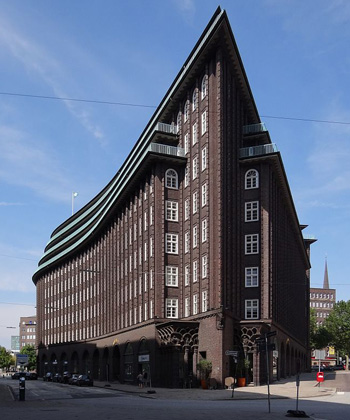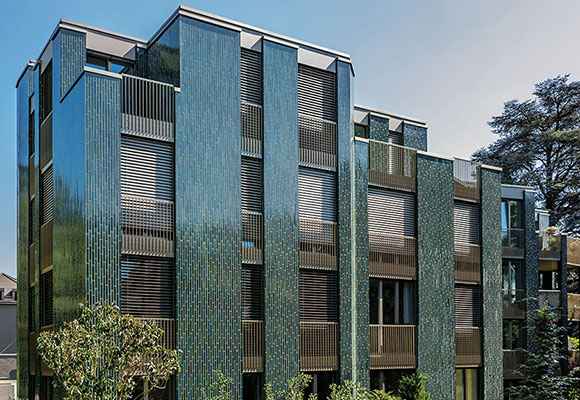An effective description of the high quality of klinker is given by the Italian architect Gaetano Minnucci:

‘Prolonged firing at a very high temperature, not far from the melting point of clays, causes them to react with each other and with their components, forming definitive chemical compounds, double and triple silicates, very stable, and mechanically bound to each other, as occurs in porphyry and granite; in a way, the grand natural process that gave rise to igneous rocks is repeated in a small way’.
Many architects have used klinker for their projects, including the Italians Renzo Piano, author of the designs of numerous buildings around the world, and Giovanni Muzio, designer of the Palazzo dell’Arte at the Milan Triennale, the first real example of the use of klinker in Italy.
Among the most famous klinker works are Fritz Hoger’s Chilehaus in Hamburg, now a UNESCO World Heritage Site, Potsdamer Platz in Berlin, some of whose buildings were designed by Renzo Piano himself.
Klinker has been one of the protagonists of 20th century architecture and its use shows no signs of diminishing, making it not only the most widespread material but also one of the most enduring in the history of architecture. These characteristics make it particularly resistant not only to impact and abrasion, but also to the harshest weather conditions. This characteristic, together with the fact that it is a highly insulating material, makes klinker the best choice for particularly cold climates.




